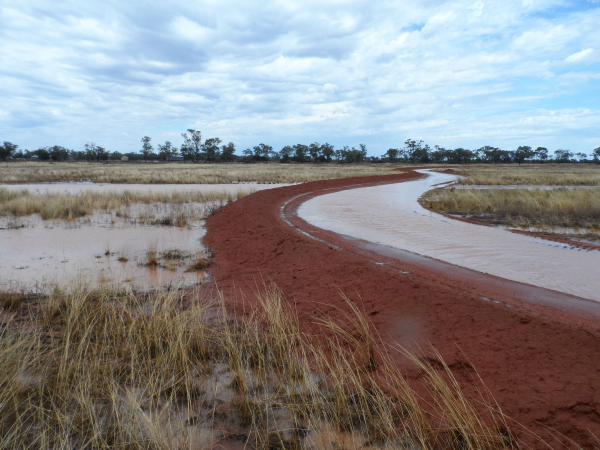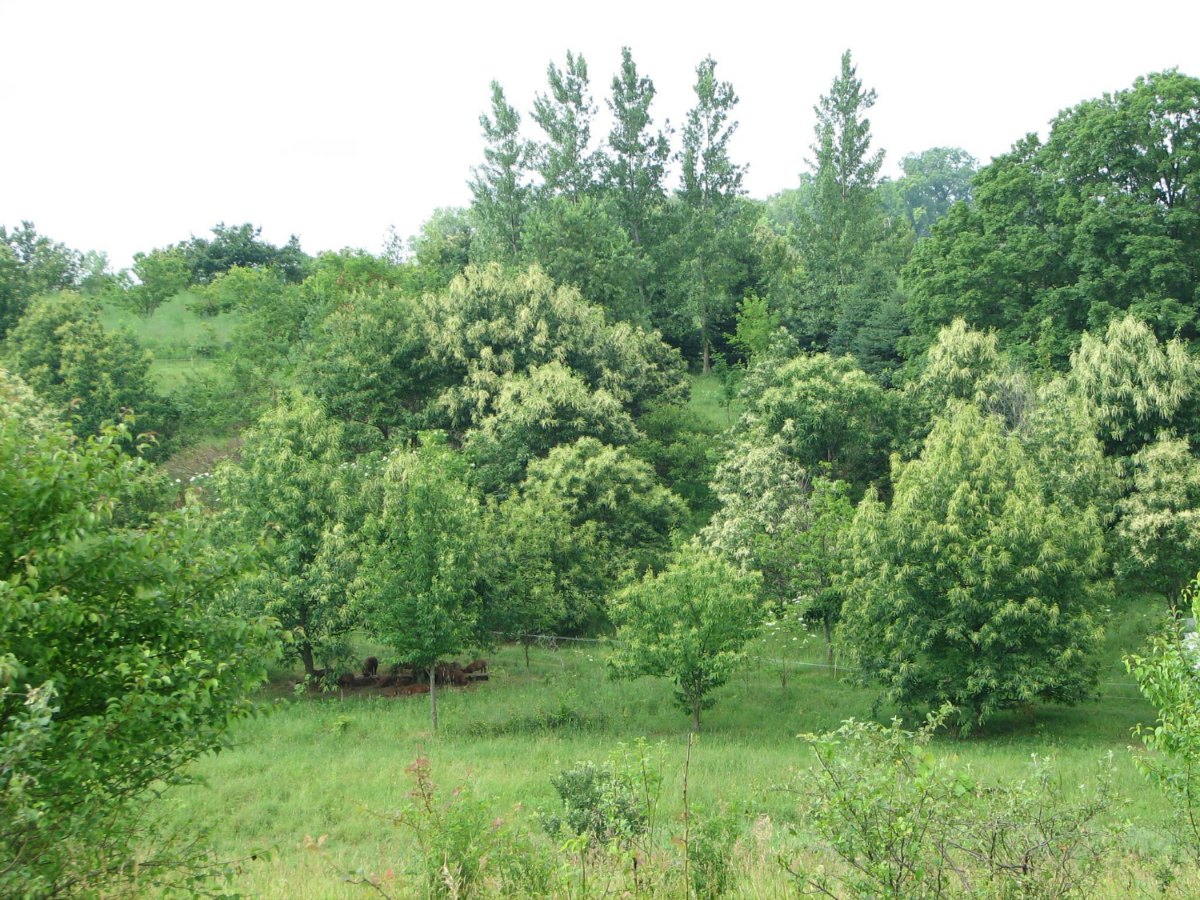We often hear about how changing climate will affect future generations – our children and grandchildren. This is very true, but we should also realise that it is already affecting us – especially as farmers. Agricultural production is highly influenced by weather, so our businesses are likely to be one of the first affected by climate change (as it affects our weather). Information coming from Australia’s CSIRO (the federal government agency for scientific research) supports this. I learnt this and more when I spoke with Mark Howden of CSIRO recently.
What we often think of regarding climate change is an increase in temperature, and this is true with regard to overall climate and long term average temperatures, but climate change also has other effects on climate. Changes in climate have resulted in more erratic weather events that can affect our agricultural production and increase risk of crop loss. Such erratic weather events place crops at risk of damage; think frosts, drought, hail, intense storms, increased winds etc. Continue reading “HOW IS CLIMATE CHANGE AFFECTING AGRICULTURE?” »




